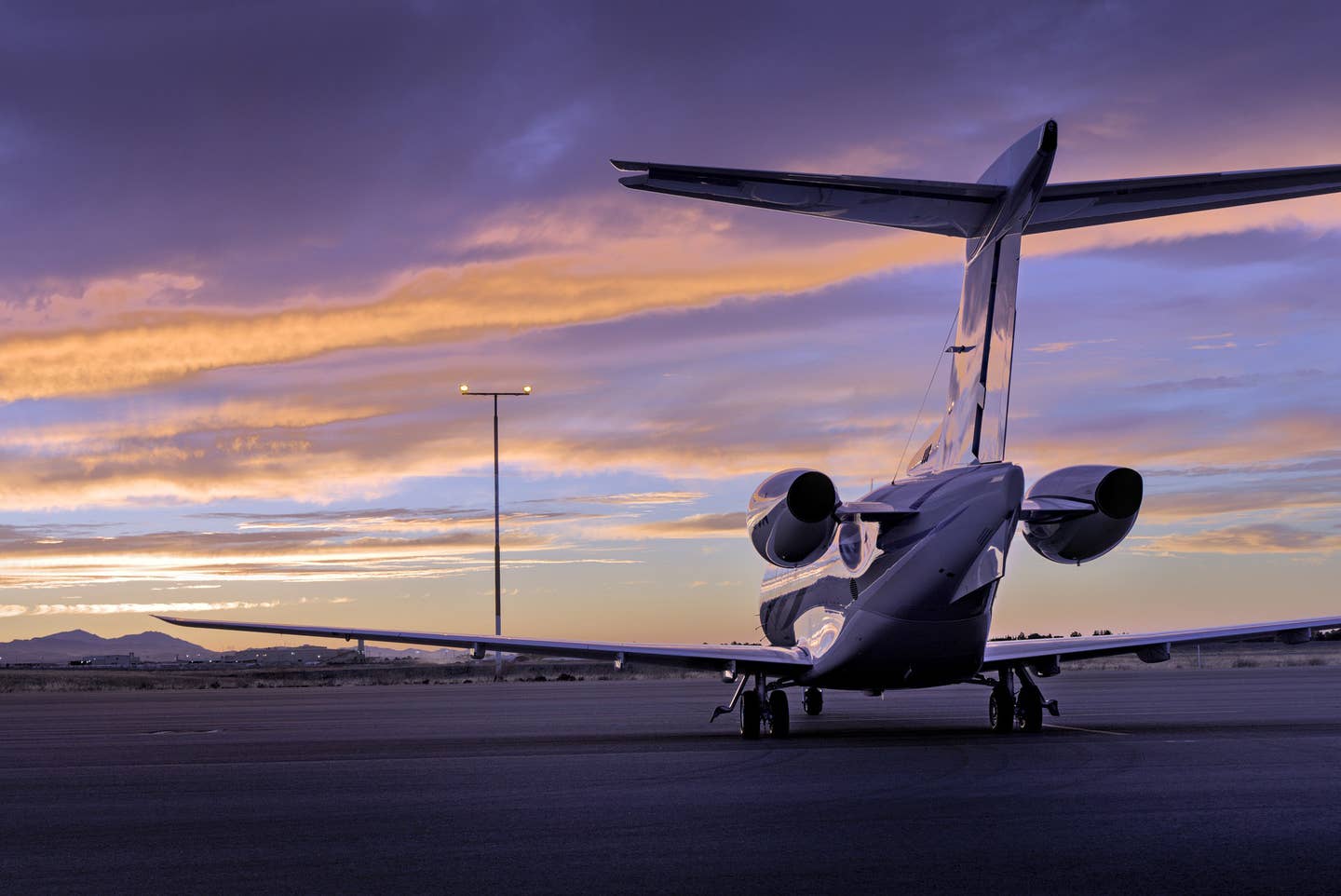
FBOs that once were able to order jet-A for nearly same-day delivery can no longer operate under those assumptions during this time. Kim Hunter/Pixabay
The National Air Transportation Association (NATA) told Flying that a truck driver shortage is changing the logistics of obtaining loads of jet-A in certain parts of the country—and that turbine operators need to plan for it.
The fuel requirements driven by aerial firefighting in the Western US, and continuing summertime demand in the Northeast has placed more pressure on the system.
Mike France, NATA’s managing director of safety and training, characterized the situation in the west as another layer on top of the changes in the way FBOs operate, which started in from the beginning of the COVID-19 pandemic in 2020.
“Across the entire country, there are still changes in the logistics of getting fuel to FBOs,” France said.
It was the case 18 months ago that FBOs could, on occasion, receive a delivery of jet-A on the same day that they ordered it—with an early-morning order fulfilled by the close of the business day.
Now, the truck-driver shortage is compounding an already stressed supply chain, and FBOs feel the pinch. Still, France said they’re doing a good job of communicating any constraints in fuel supply to their customers.
Part of that communication is that pilots and operators are encouraged to get “just enough fuel to safely make it to their next destination,” France said, taking into account IFR reserves and alternates.
The suggestion is in response to a handful of reports around the country of operators tankering fuel in an effort to avoid a shortage at the next airport.
“This makes for spikes in demand,” France continued.
To better deal with those spikes, FBOs need to plan a week or 10 days in advance rather than waiting for the last minute, if possible.
“The biggest part of this is understanding that the environment has changed,” France said.
NATA’s efforts to support airports and FBOs during the pandemic continue.

Sign-up for newsletters & special offers!
Get the latest FLYING stories & special offers delivered directly to your inbox






